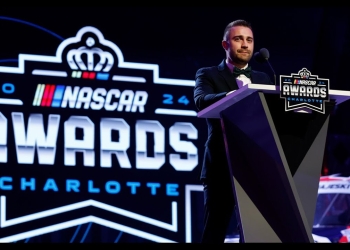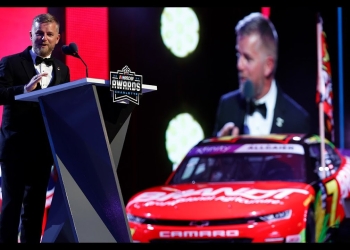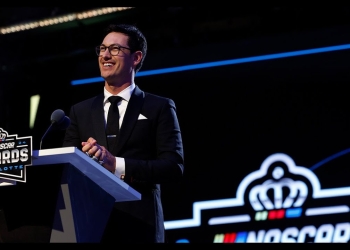The Legacy of Paul Goldsmith: A Versatile Motorsport Icon
In the high-octane world of motorsports, few names carry the weight and respect of Paul Goldsmith. A true legend who straddled the line between two-wheeled and four-wheeled racing with unparalleled grace, Goldsmith's recent passing has left a void in the racing community that won't soon be filled. Goldsmith wasn't just another driver who could handle a car. He was a rare breed - a master of both motorcycle and automobile racing. It's like imagining Marc Márquez suddenly deciding to give Formula 1 a shot, and then actually excelling at it. That's the kind of talent we're talking about here.From Two Wheels to Four: A Seamless Transition
Goldsmith cut his teeth on the brutal world of motorcycle racing in the 1950s. He wasn't just good; he was exceptional. Winning the Daytona 200 in 1953 on a Harley-Davidson, Goldsmith showed early on that he had the mettle to compete at the highest levels. But here's where it gets interesting. Most riders would be content with mastering two wheels. Not Goldsmith. He looked at those extra two wheels and thought, "Why not?" And just like that, he made the leap to stock car racing."Racing is racing," Goldsmith once said. "Whether it's on two wheels or four, it's about understanding the machine, the track, and yourself."And understand he did. Goldsmith didn't just compete in NASCAR; he thrived. In 1966, he came agonizingly close to winning the Daytona 500, finishing second to Richard Petty. If you know your NASCAR history, you'll appreciate just how impressive that is. Petty wasn't called "The King" for nothing.
A Career Spanning Decades and Disciplines
Let's break down some of Goldsmith's most impressive achievements:- AMA Grand National Champion (1953)
- Daytona 200 winner (1953)
- 5 NASCAR Cup Series wins
- 3 USAC Championship Car wins
- Competed in the Indianapolis 500 six times
Click here to preview your posts with PRO themes ››
The Indy 500 Connection
While we're on the subject of versatility, we can't overlook Goldsmith's forays into open-wheel racing. The Indy 500 is the crown jewel of American motorsports, and Goldsmith gave it a real go, competing six times between 1958 and 1963. His best finish was a respectable 5th in 1959. Now, for those not familiar with the Indy 500, just qualifying for this race is a monumental achievement. To finish in the top 5? That's the stuff of legends.A Different Era of Racing
It's crucial to understand the context of Goldsmith's achievements. This wasn't the era of specialized training regimens, advanced simulators, and teams of engineers poring over telemetry data. This was raw, seat-of-your-pants racing. Safety standards were, shall we say, evolving. The risks were enormous, and the rewards often paled in comparison. Yet, drivers like Goldsmith suited up race after race, pushing themselves and their machines to the absolute limit. I've often wondered how today's drivers would fare in those conditions. Don't get me wrong, modern racing requires immense skill, but there's something to be said for the sheer guts it took to race in Goldsmith's era.The NASCAR Legacy
While Goldsmith's career spanned multiple disciplines, it's his NASCAR achievements that perhaps resonate most with today's fans. His five Cup Series wins might not sound like much in the era of 7-time champions, but context is key. Goldsmith was competing against the likes of Richard Petty, David Pearson, and Junior Johnson - absolute titans of the sport. To notch even a single win against such competition was a remarkable feat.Personal Reflections
I never had the privilege of seeing Goldsmith race in person, but I've pored over enough archival footage to appreciate his style. There was a smoothness to his driving, a sort of effortless precision that's rare even among the greats. If I were to draw a modern comparison, I'd say he had something of the versatility of a John Surtees (the only person to win world championships on both two and four wheels) combined with the adaptability of a Mario Andretti.Click here to preview your posts with PRO themes ››









